
Rising “atmospheric thirst” – also known as atmospheric evaporative demand (AED) – is responsible for about 40% of the increase in drought severity over the last four decades (1981-2022).
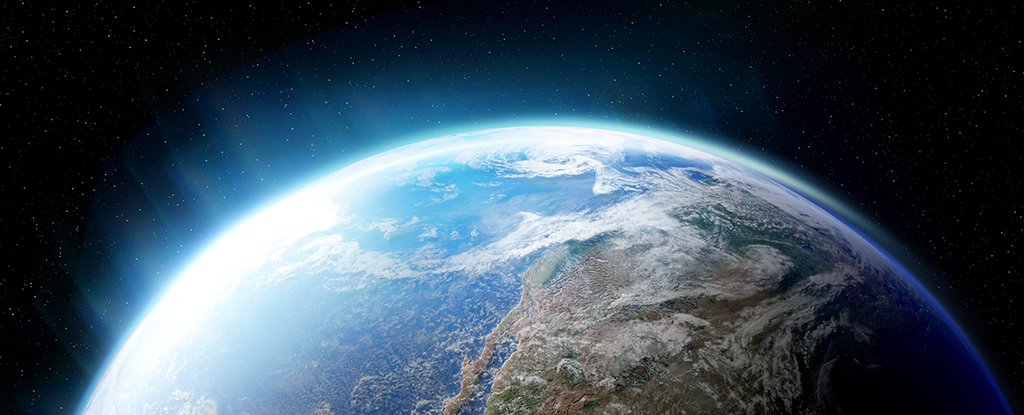
But Earth's atmosphere wasn't always like it is today, and scientists predict that in the future, it will revert back to one that's rich in methane and low in oxygen.

Whatever caused the blackout in Spain and Portugal, it highlights the vulnerabilities in some electricity grids.

On the night of May 19, 2022, two Chinese astrophotographers, Angel An and Shuchang Dong, captured a spectacular display of over one hundred red sprites over the Himalayas.

A team puts forward a possible explanation for the rise in global mean temperature: our planet has become less reflective because certain types of clouds have declined.
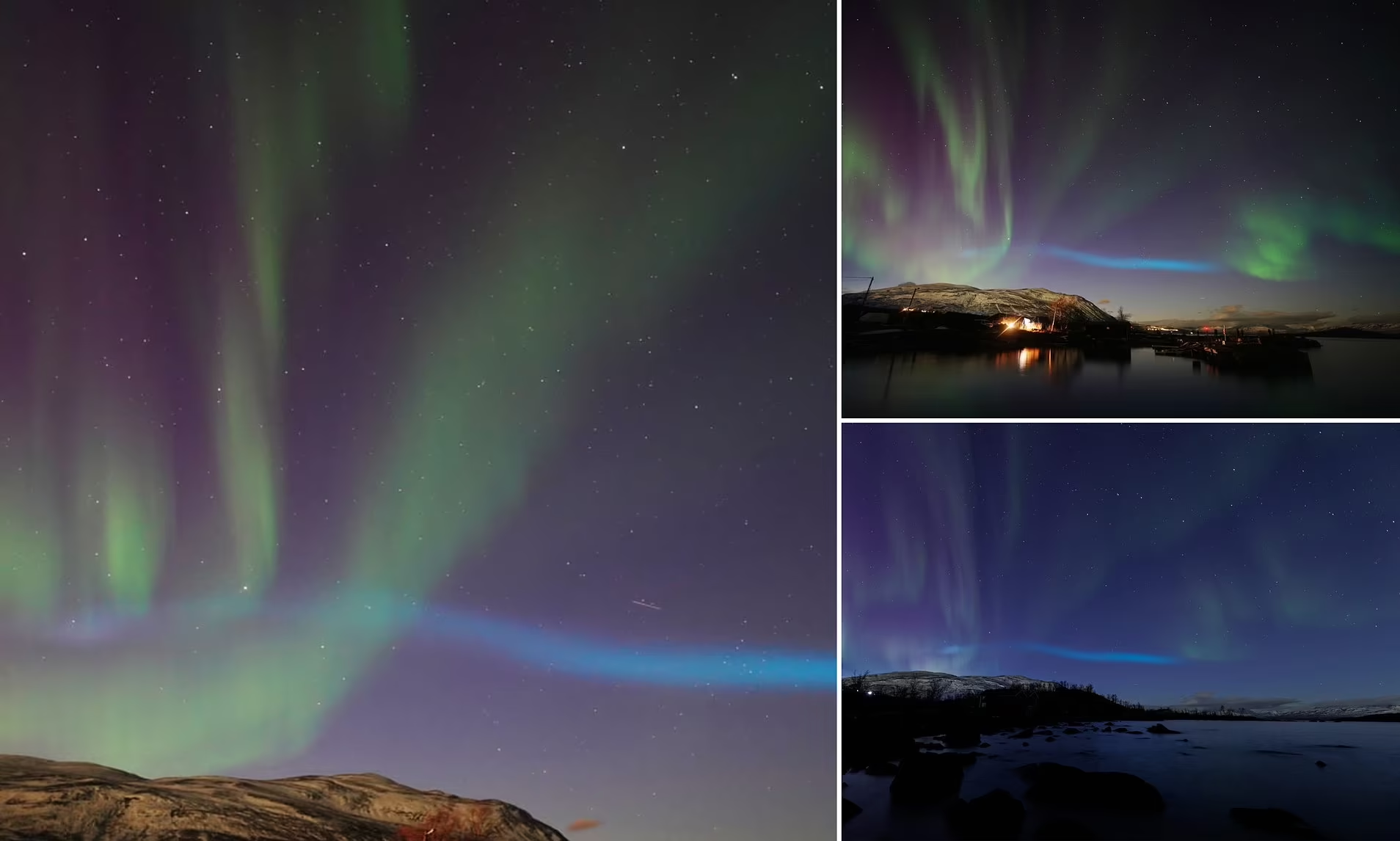
The northern lights are a stunning show of red and purple lights, but scientists are revealing new secrets about much rarer blue lights.
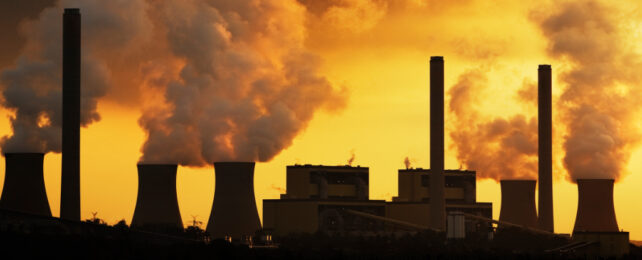
Greenhouse gas levels surged to a new record in 2023, committing the planet to rising temperatures for many years to come. CO2 is accumulating in the atmosphere faster than any time experienced during human existence.

Lightning storms on our planet can dislodge particularly high-energy, or "extra-hot" electrons from the inner radiation belt - a region of space enveloped by charged particles that surround Earth like an inner tube.
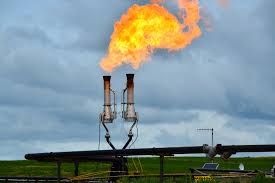
Methane concentrations in Earth's atmosphere increased at record speed over the past five years. At least two-thirds of annual methane emissions now come from human activities.
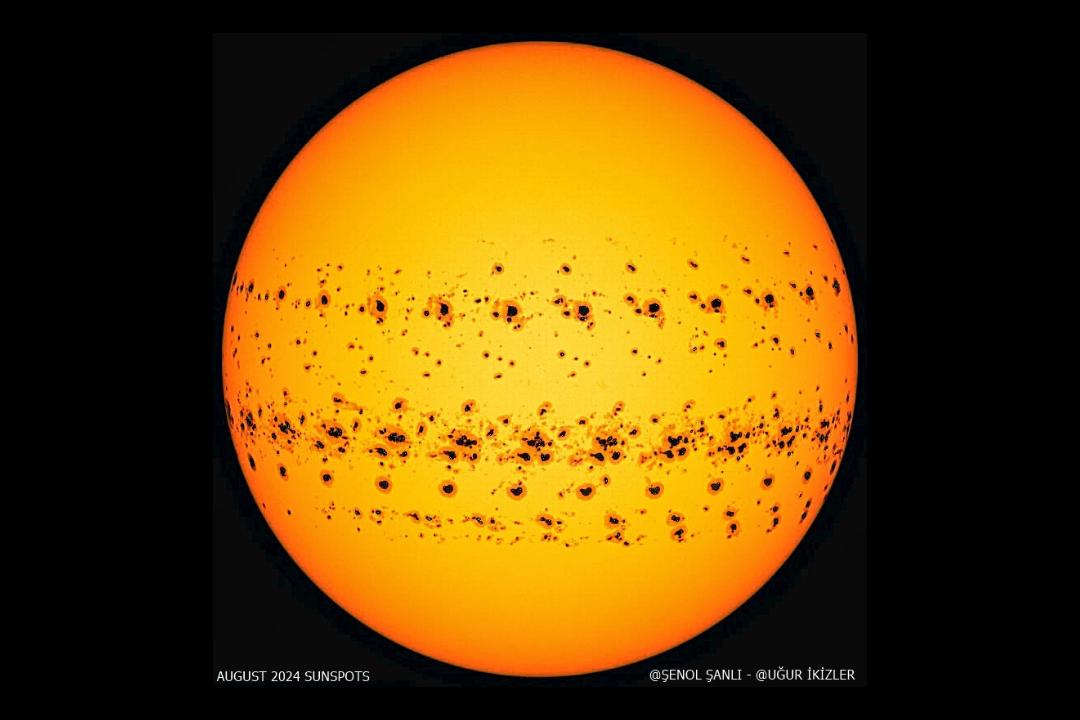
Experts record a record-breaking number of sunspots on the surface of our home star during the month of August.
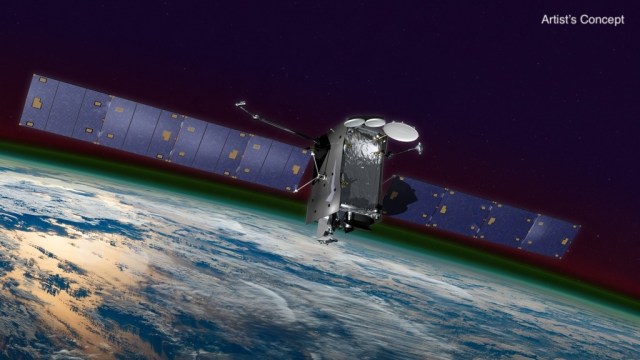
NASA's Global-scale Observations of the Limb and Disk (GOLD) mission has revealed unexpected C- and X-shaped formations in an electrified layer of gas high above our heads called the ionosphere.
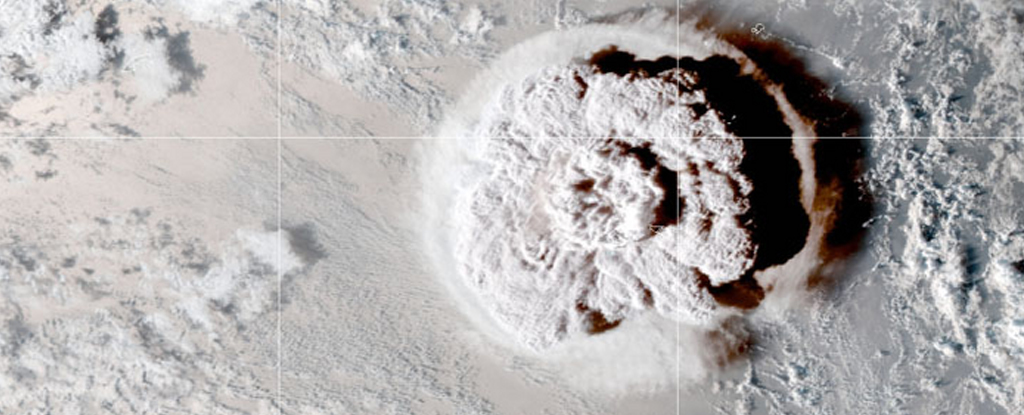
Because it was an underwater volcano, Hunga Tonga produced little smoke, but a lot of water vapor: 100–150 million tonnes, or the equivalent of 60,000 Olympic swimming pools.
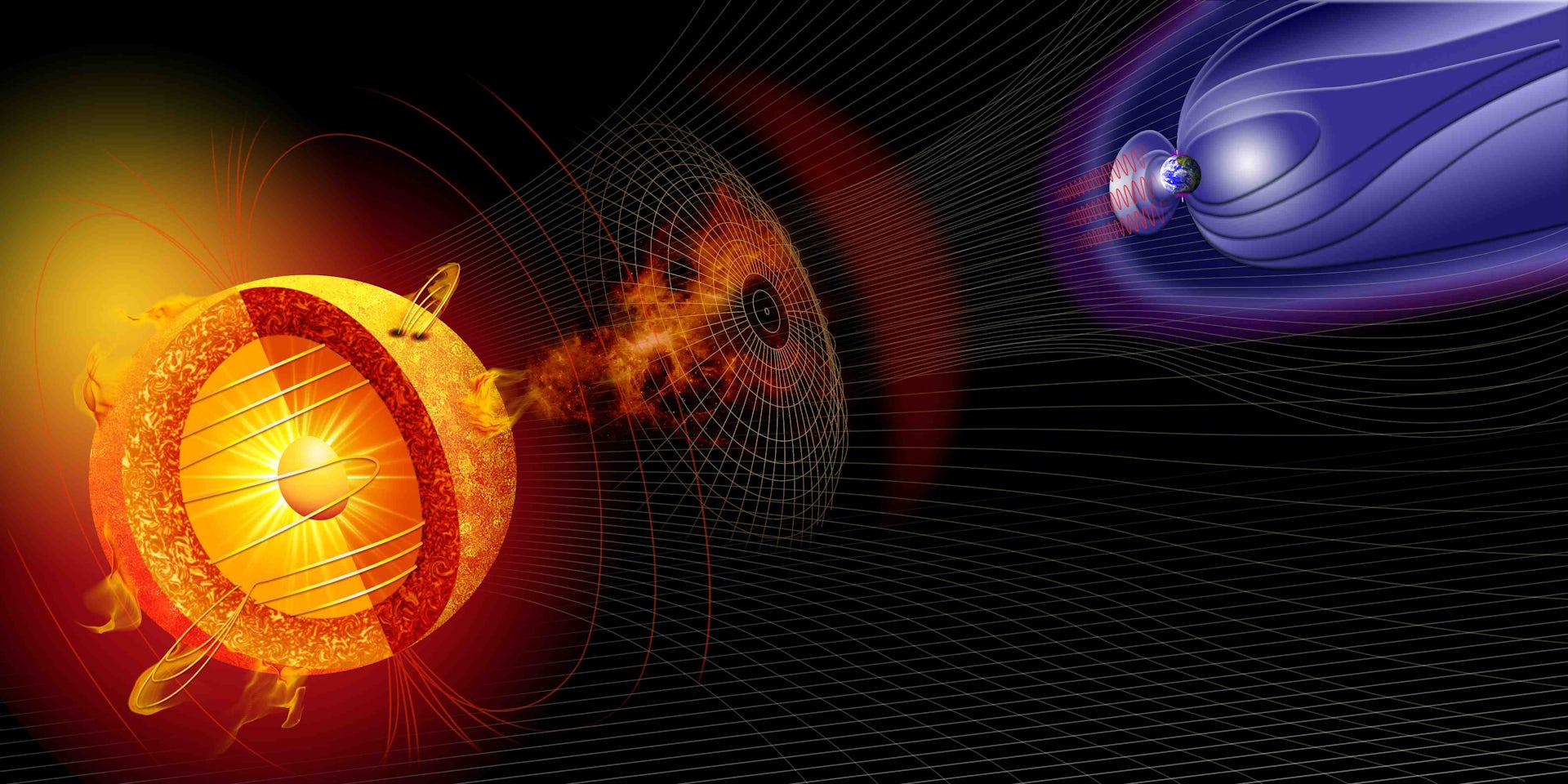
The same geomagnetic storms causing the auroras can cause havoc with our planet’s human-made infrastructure.

Falling pieces of space debris could be altering the stratosphere and negatively impacting our climate, new research suggests.

A large hole in the Antarctic ozone layer once thought to be steadily closing could actually be widening, according to new research.